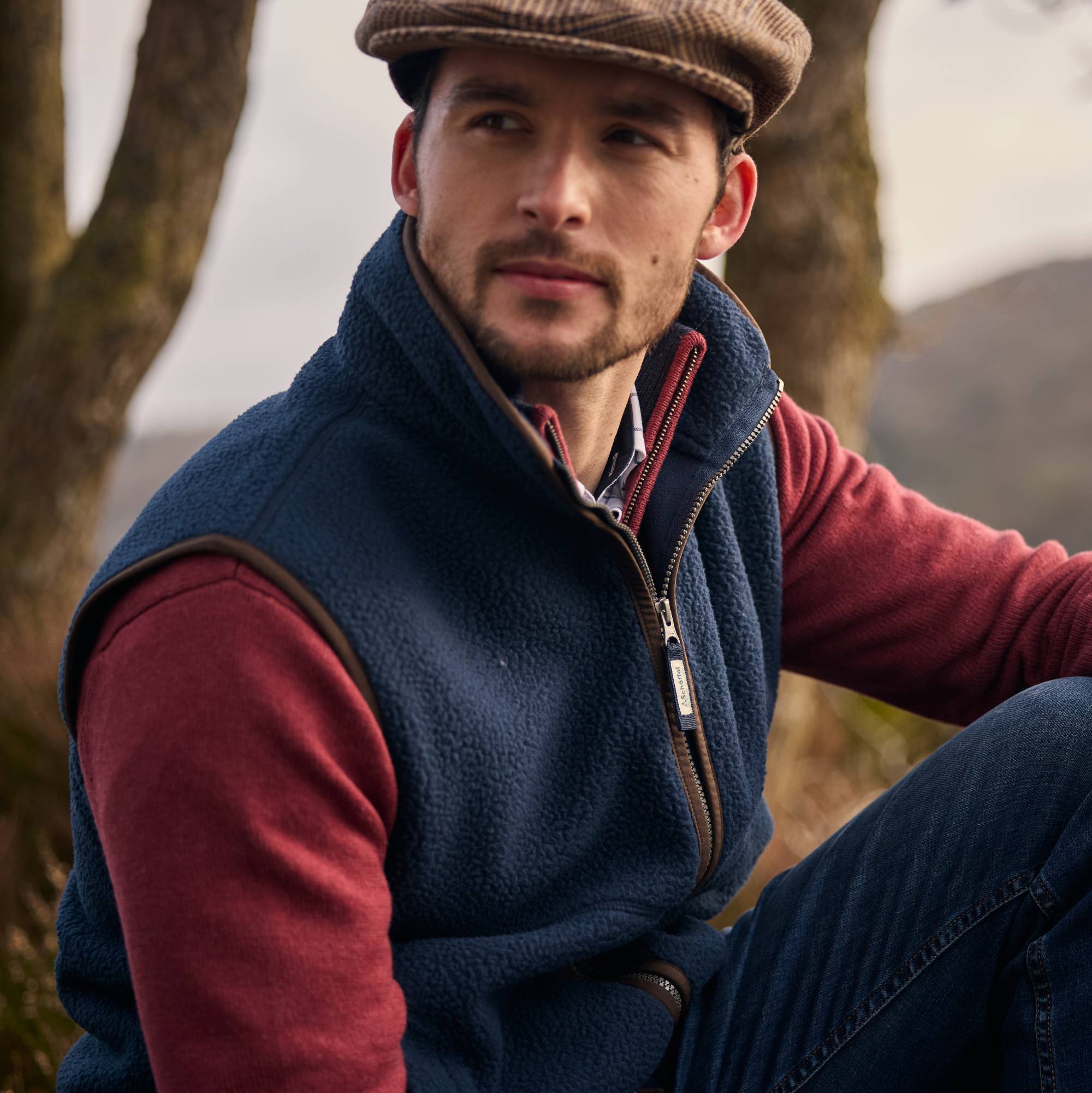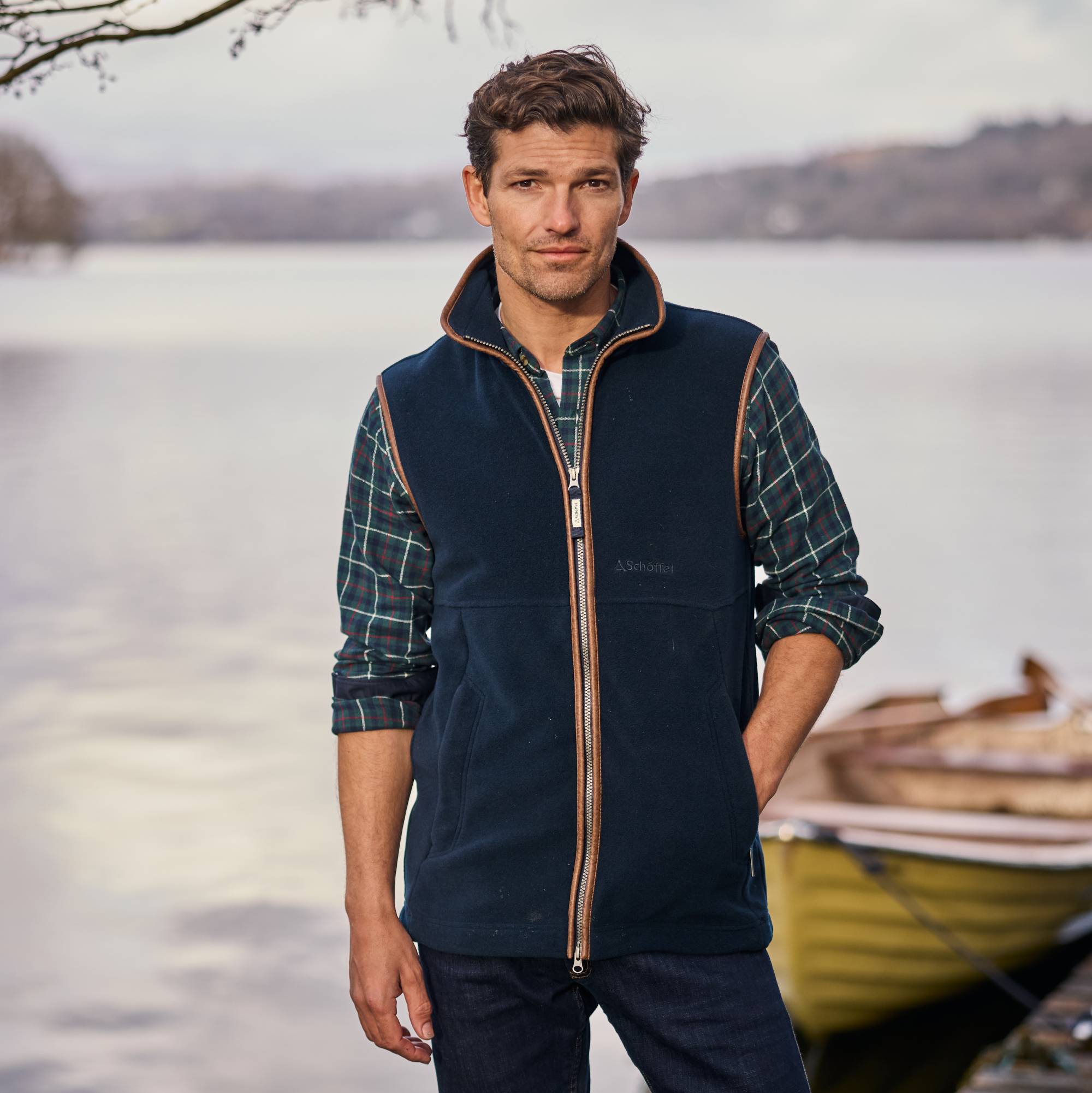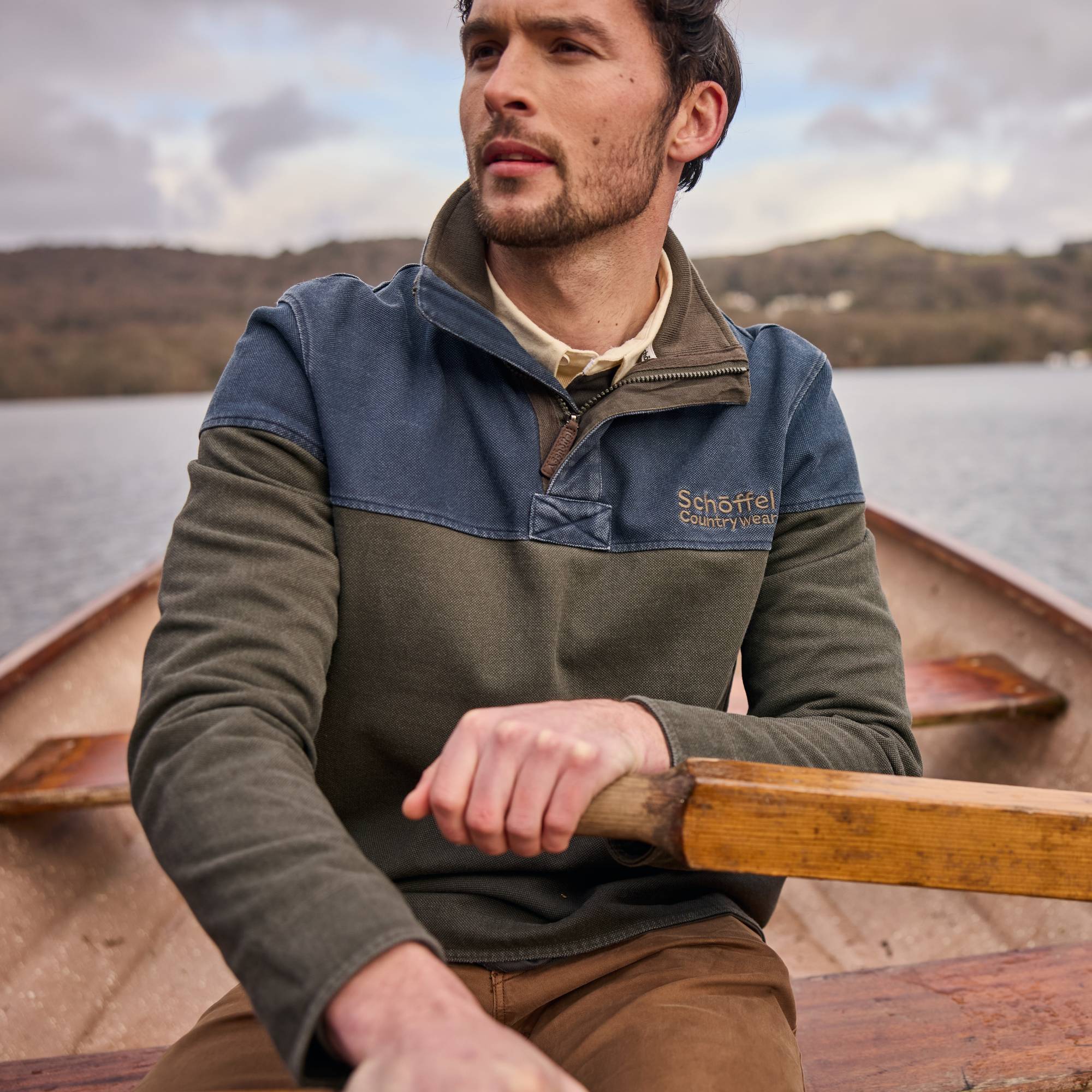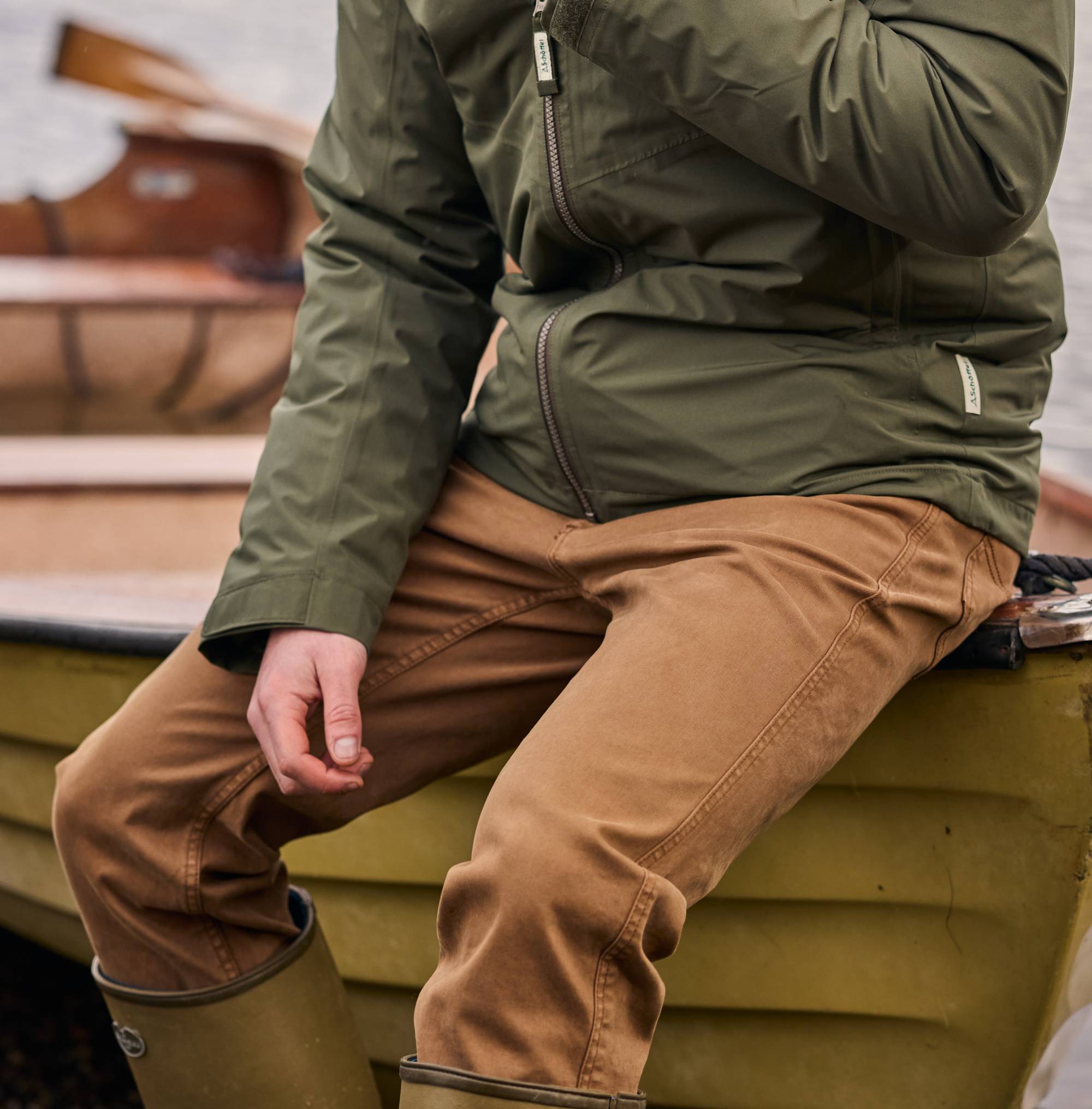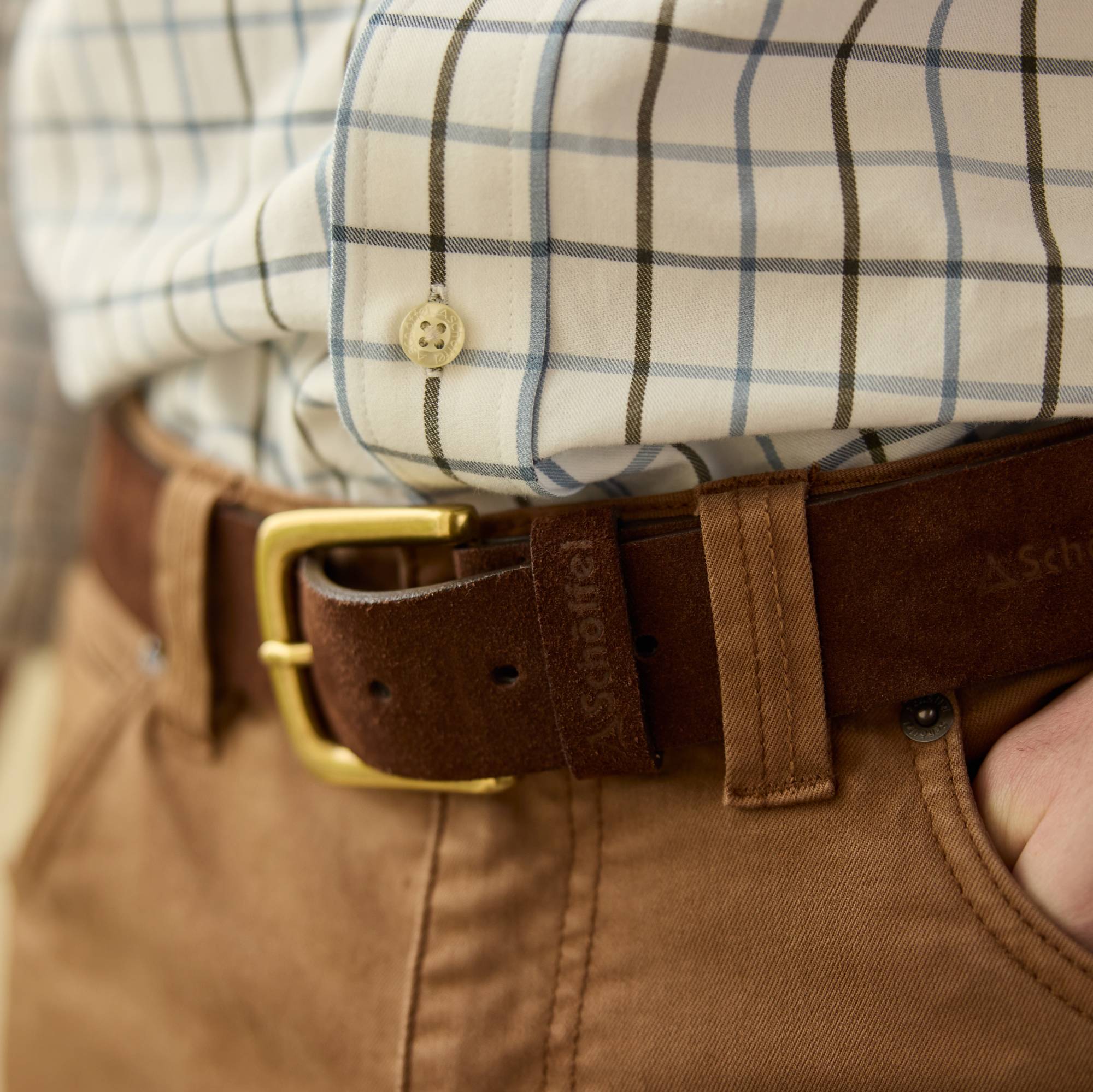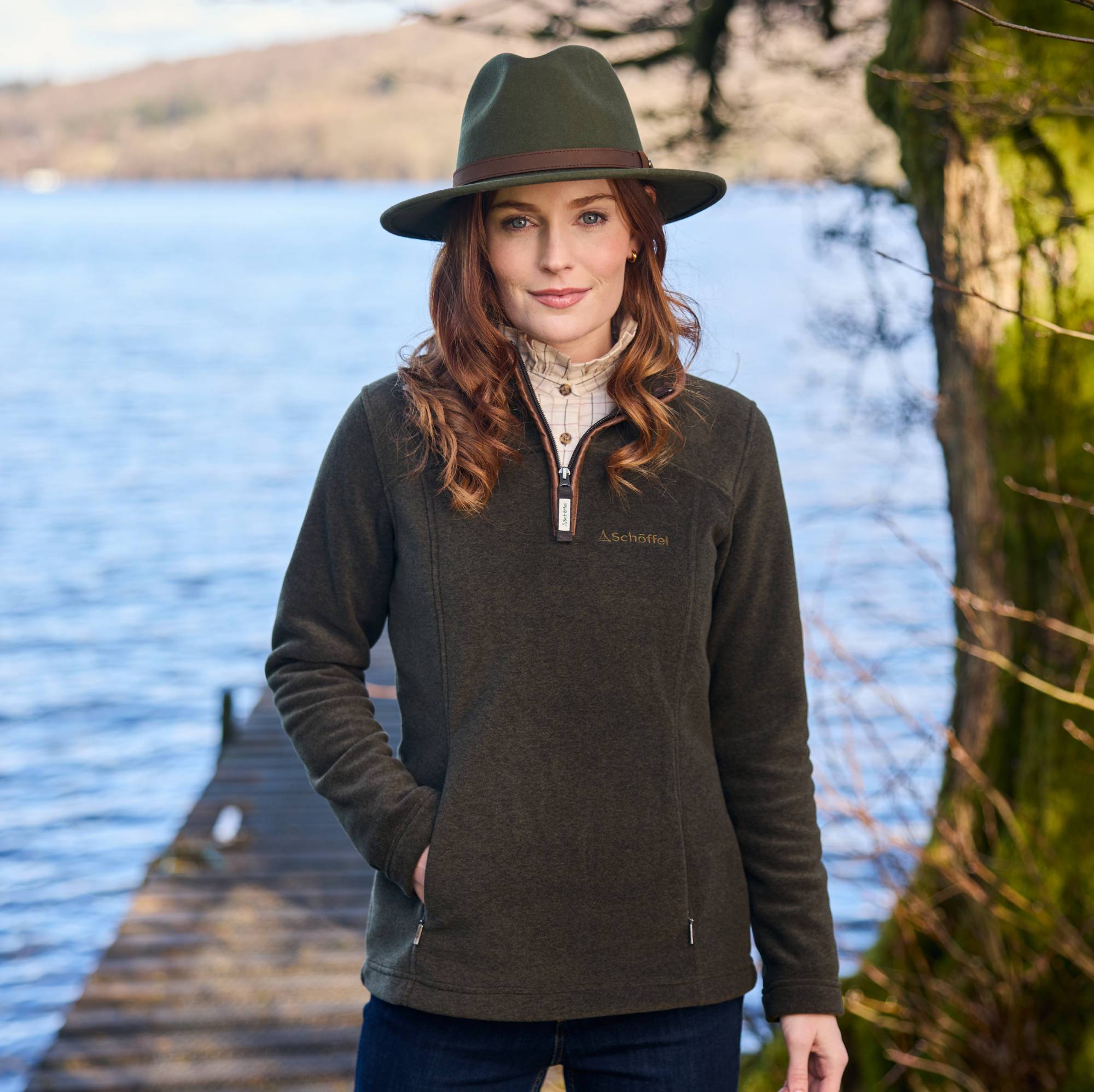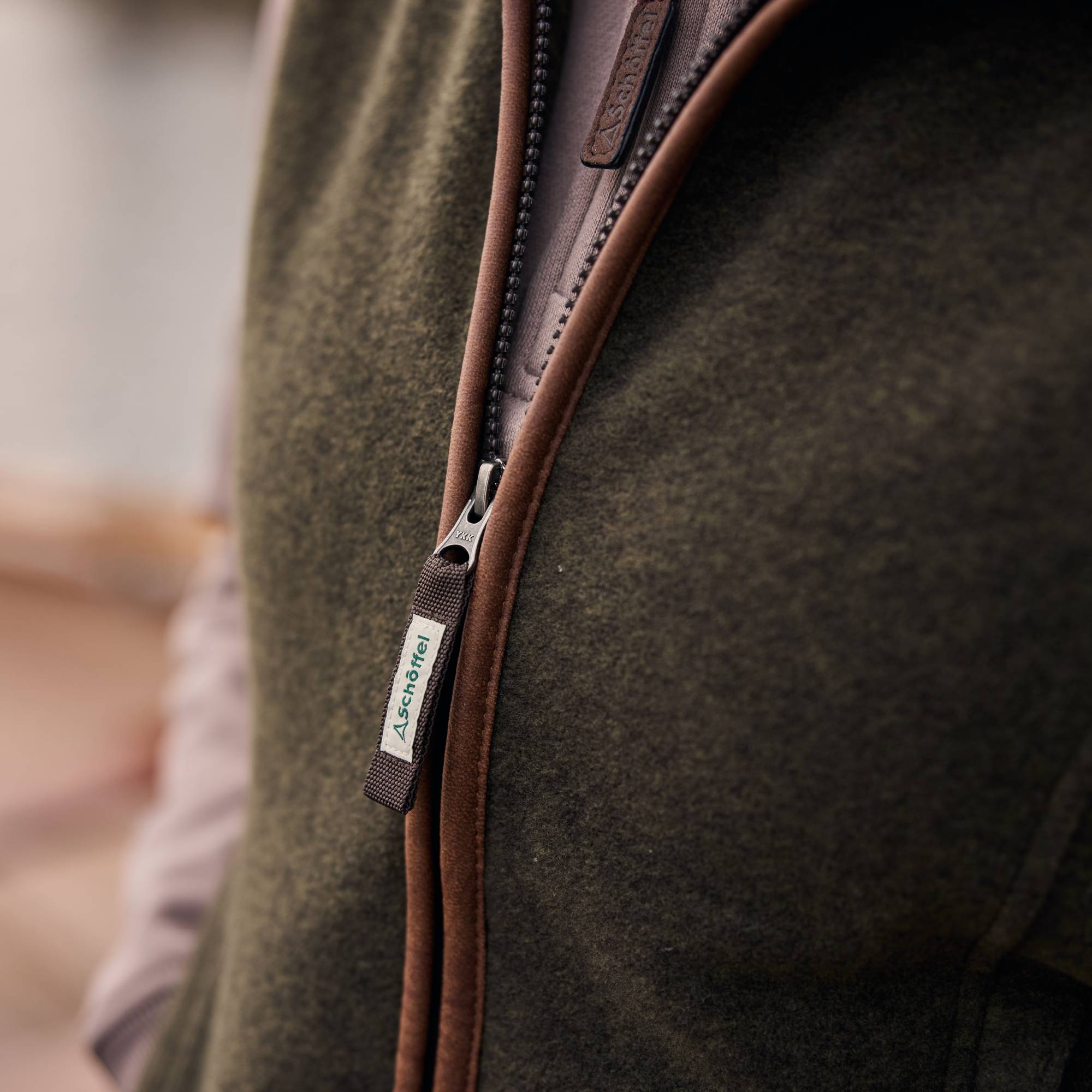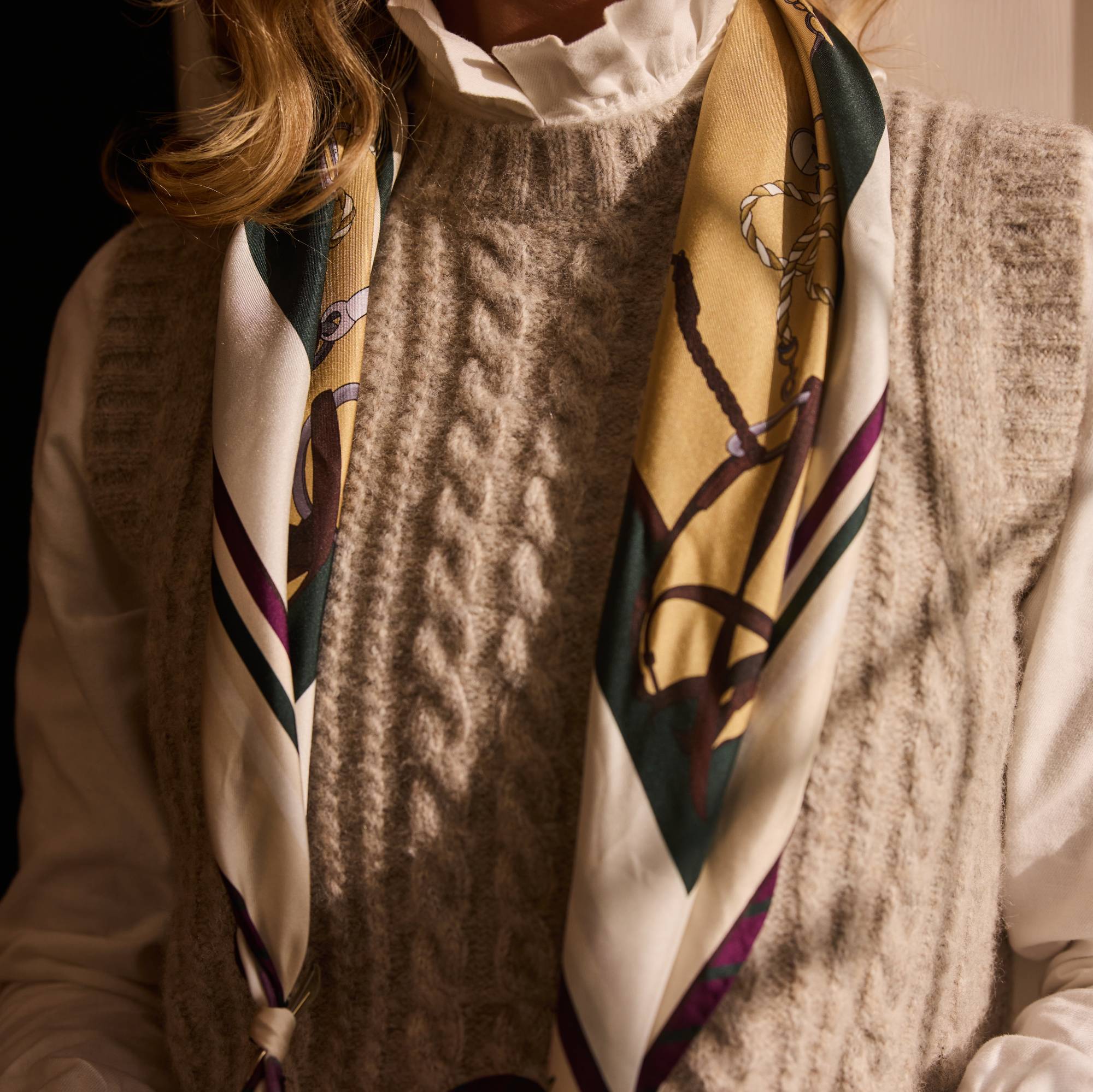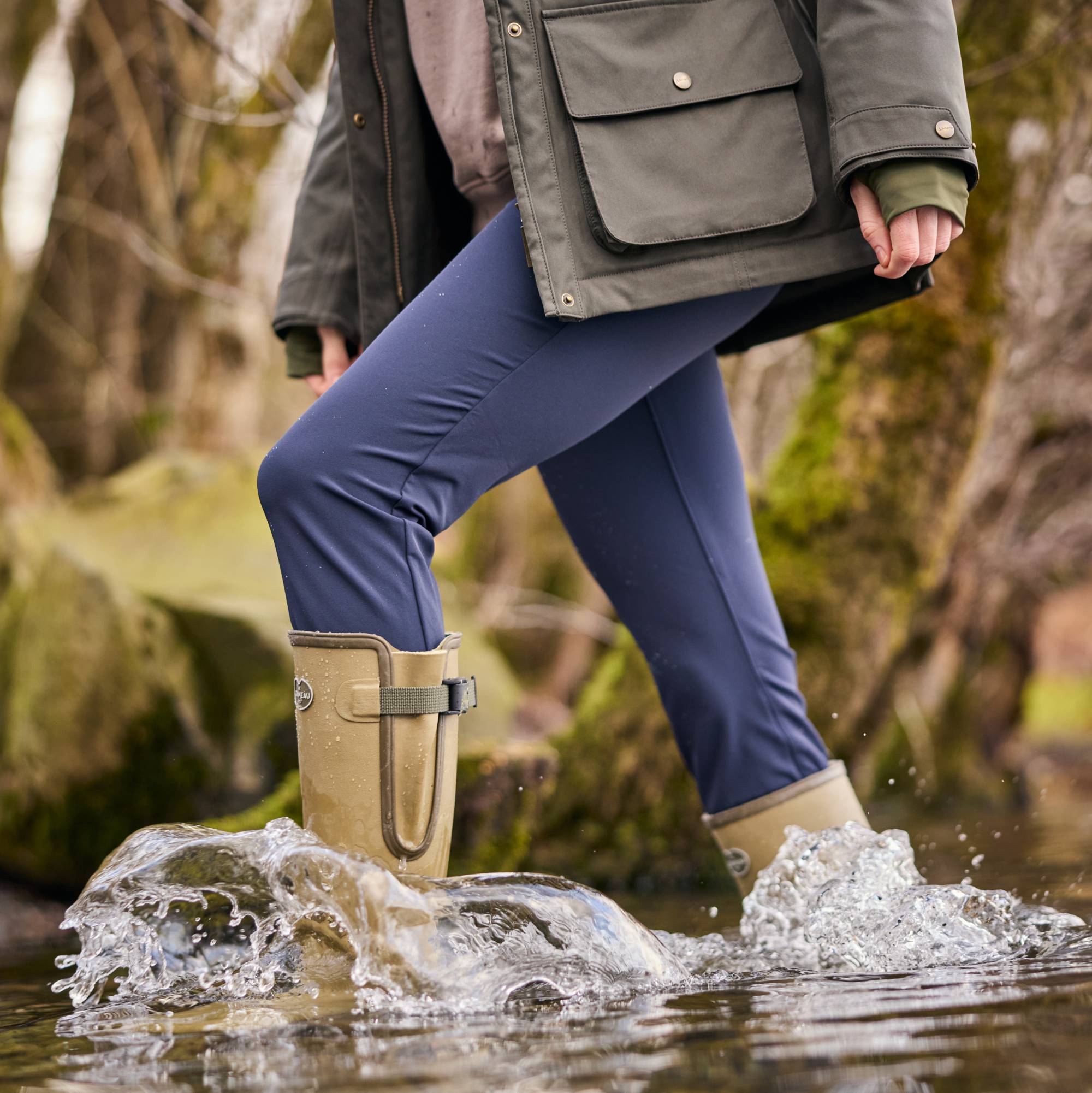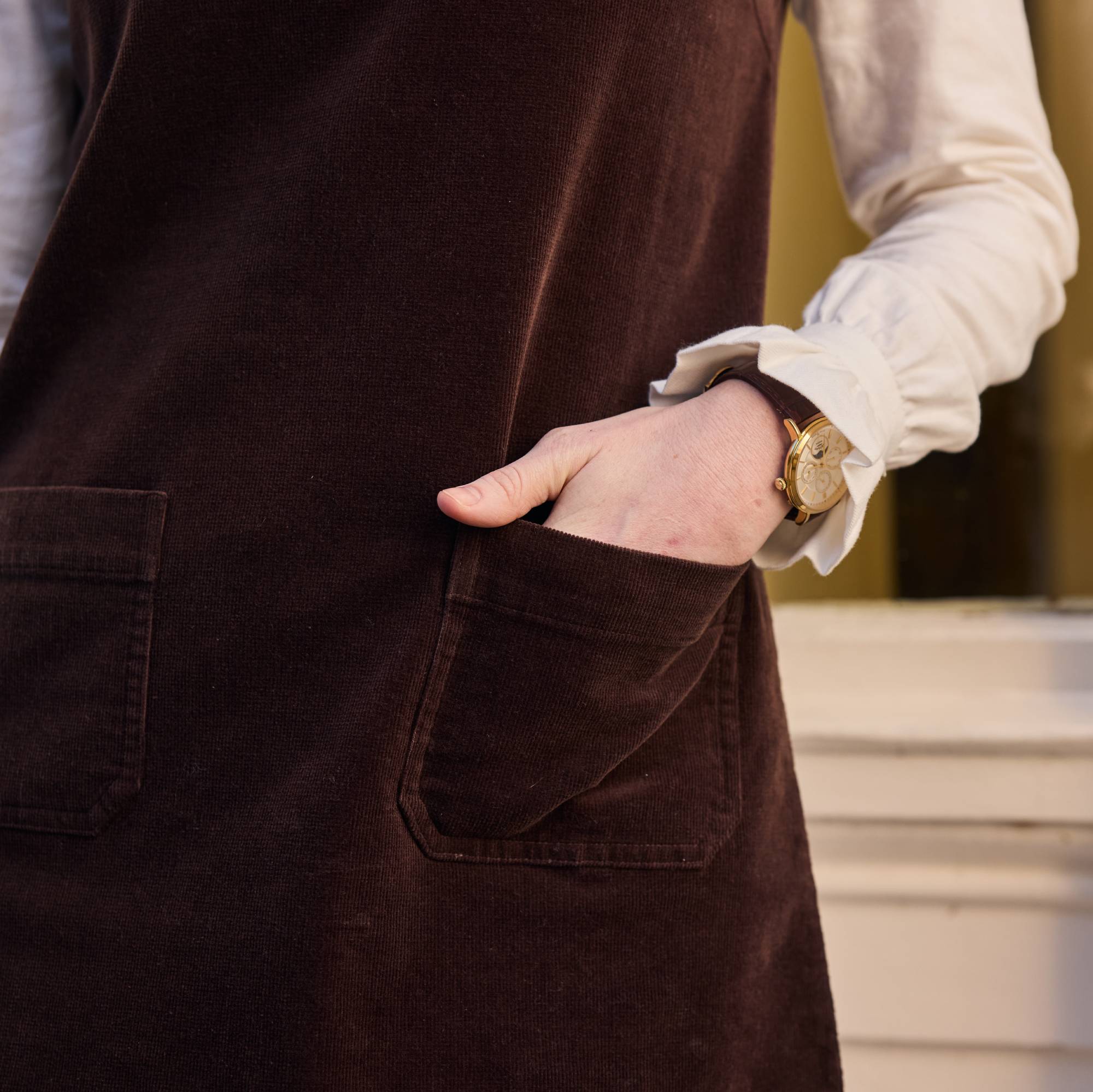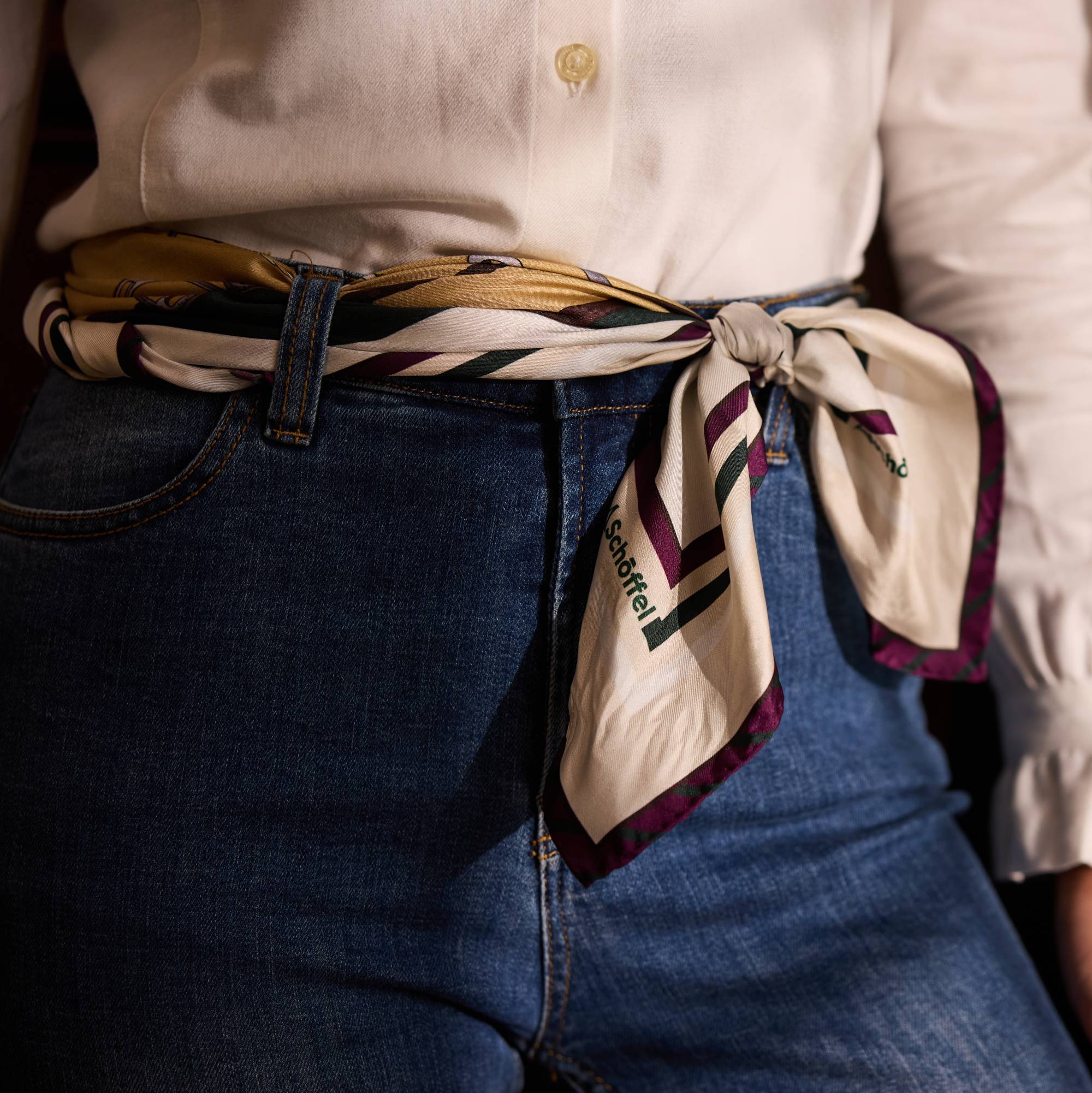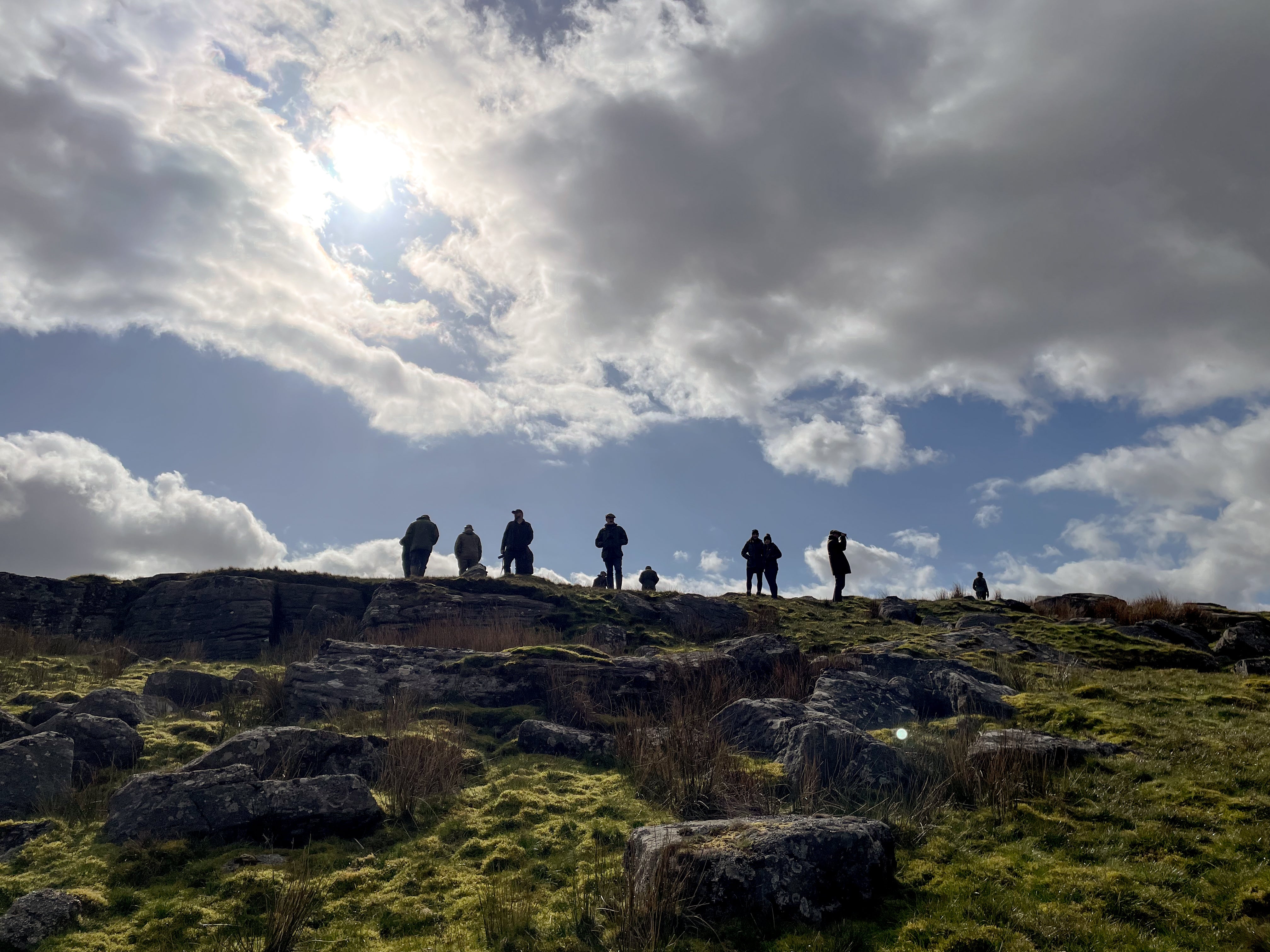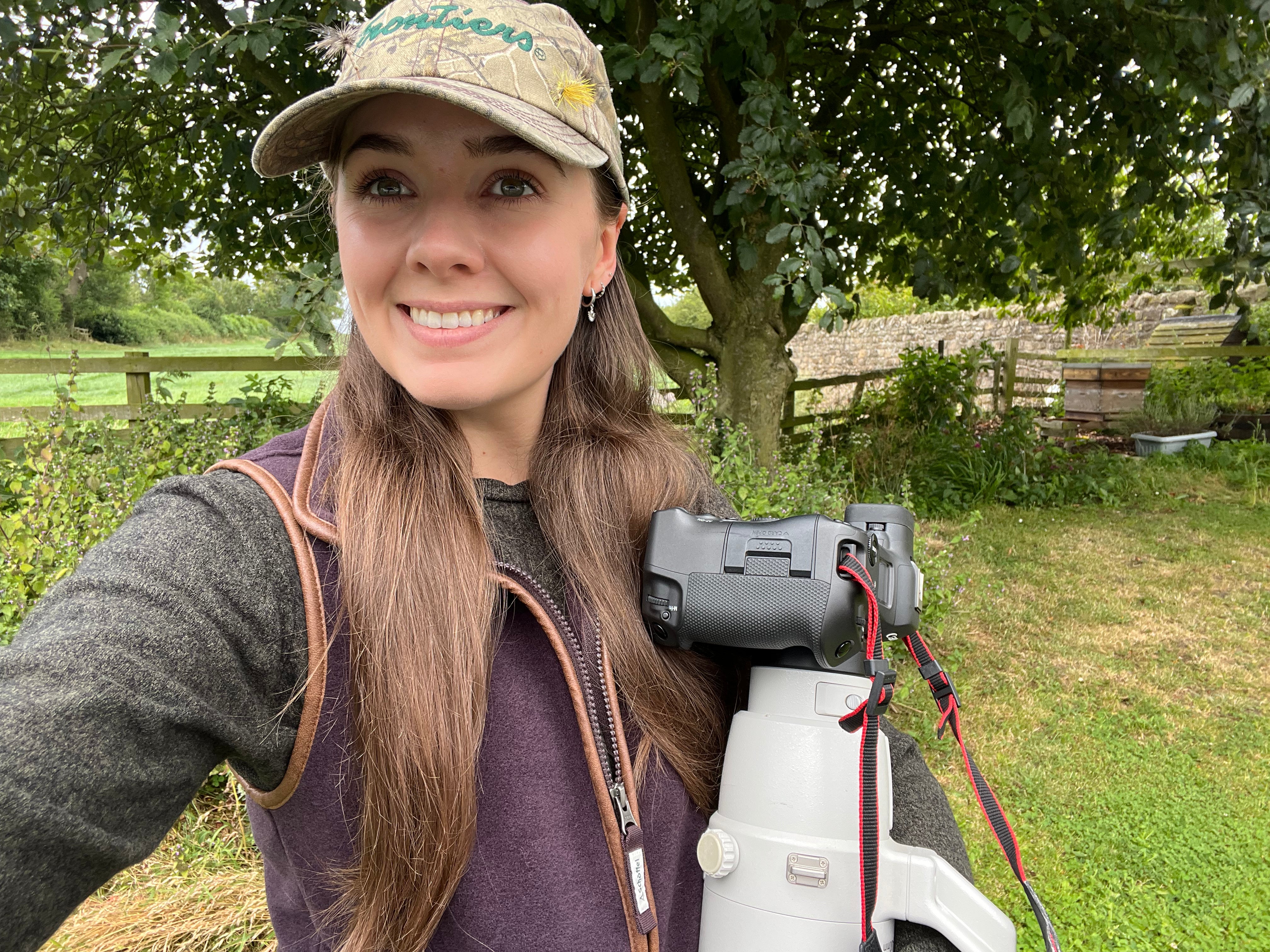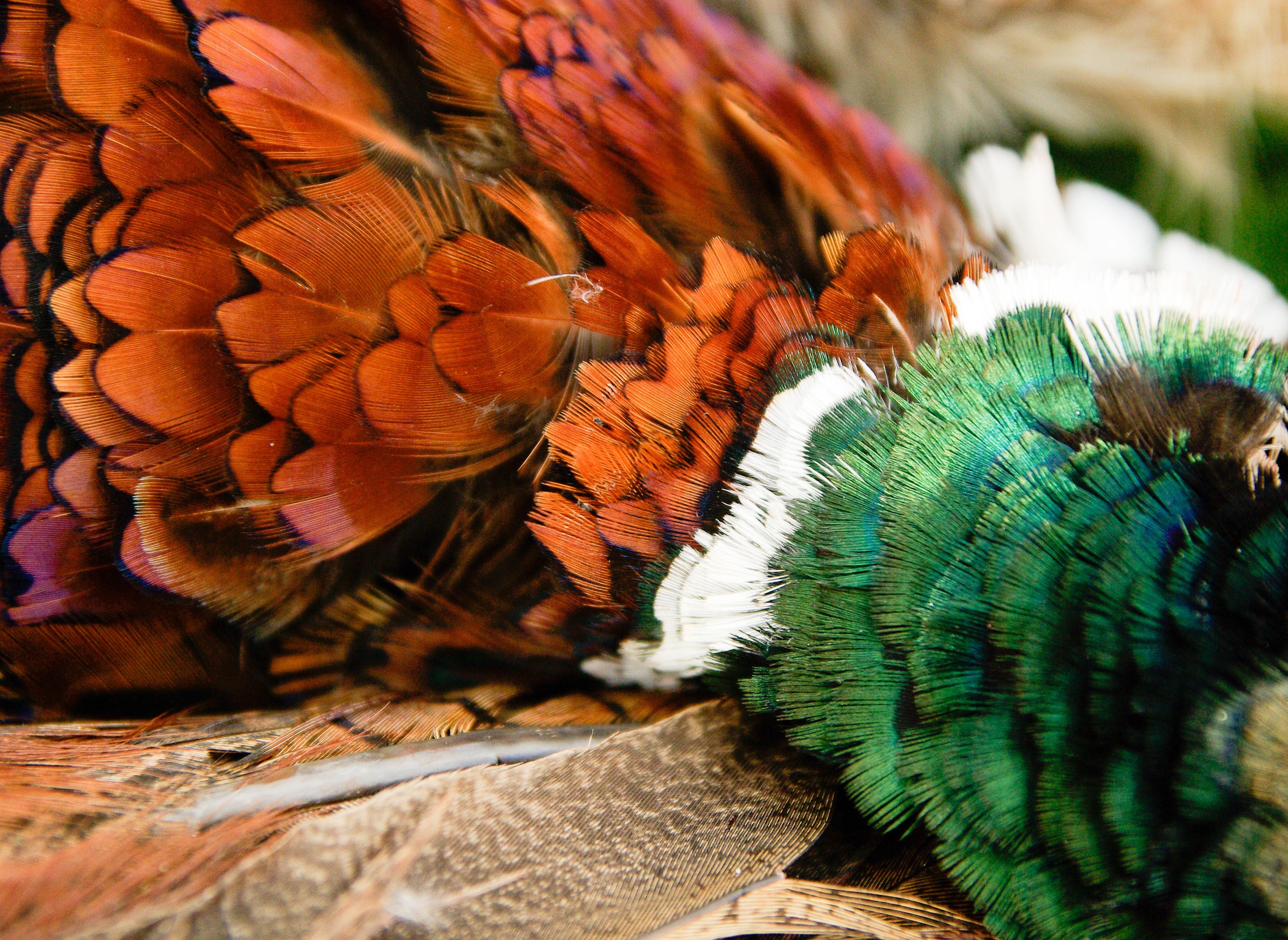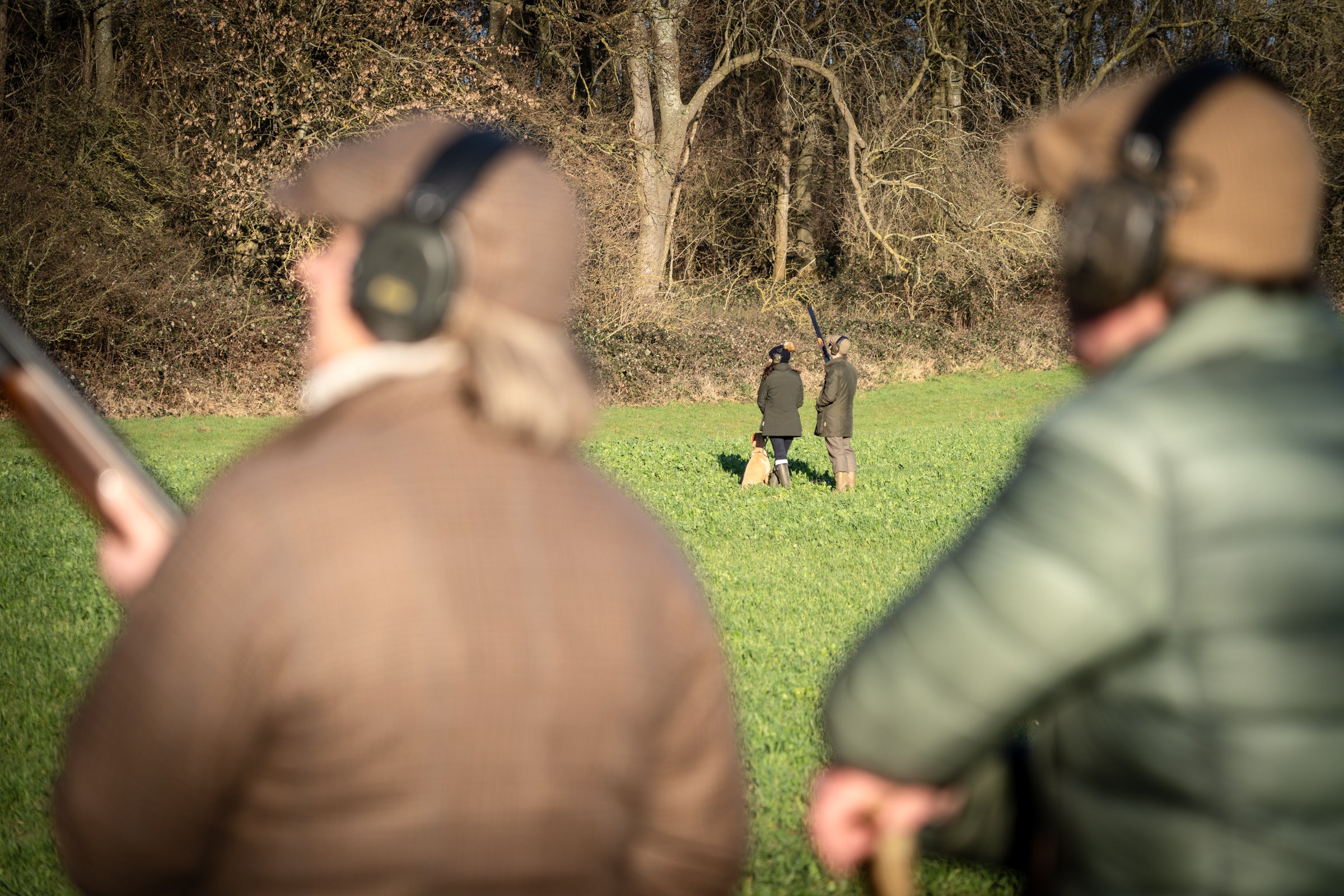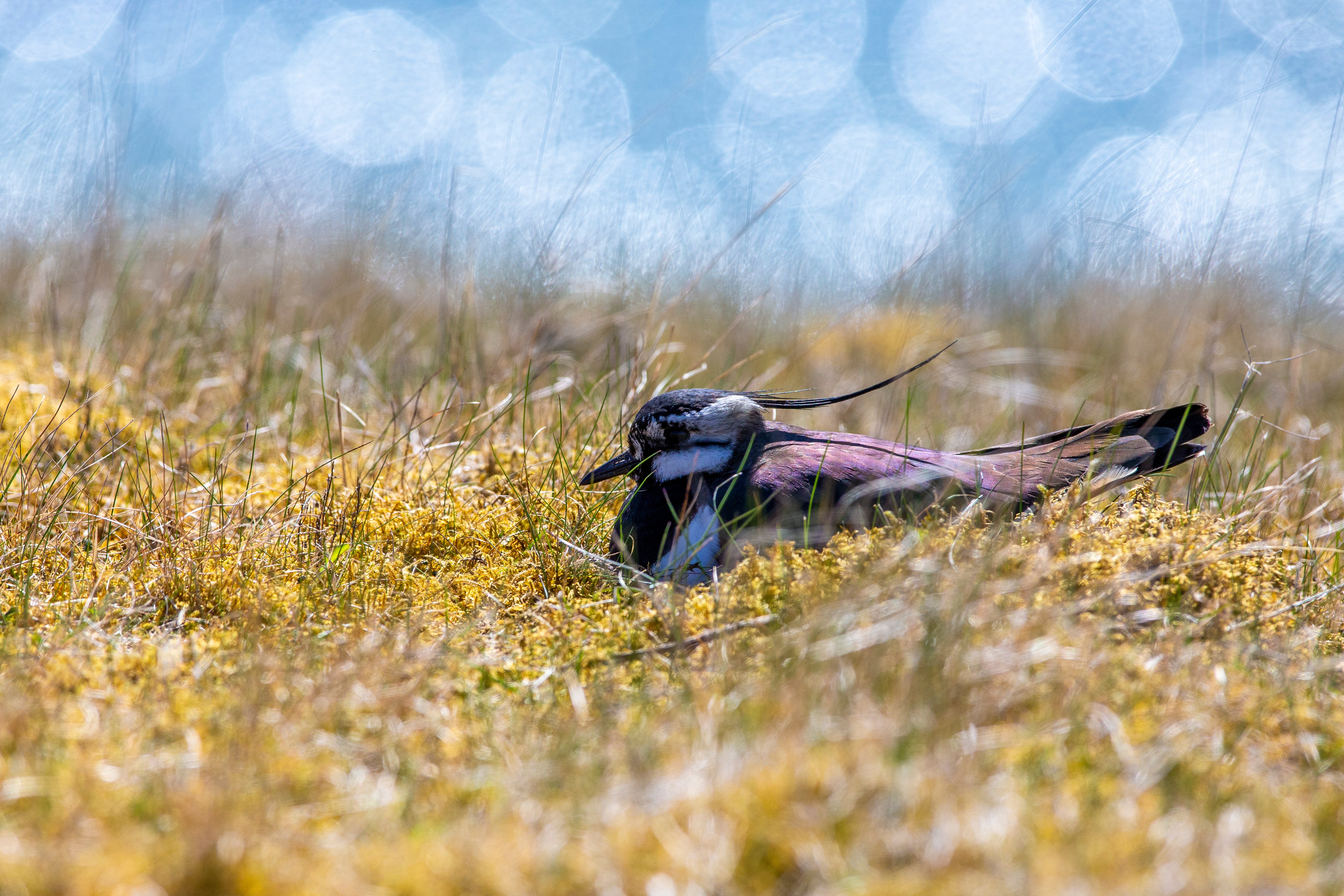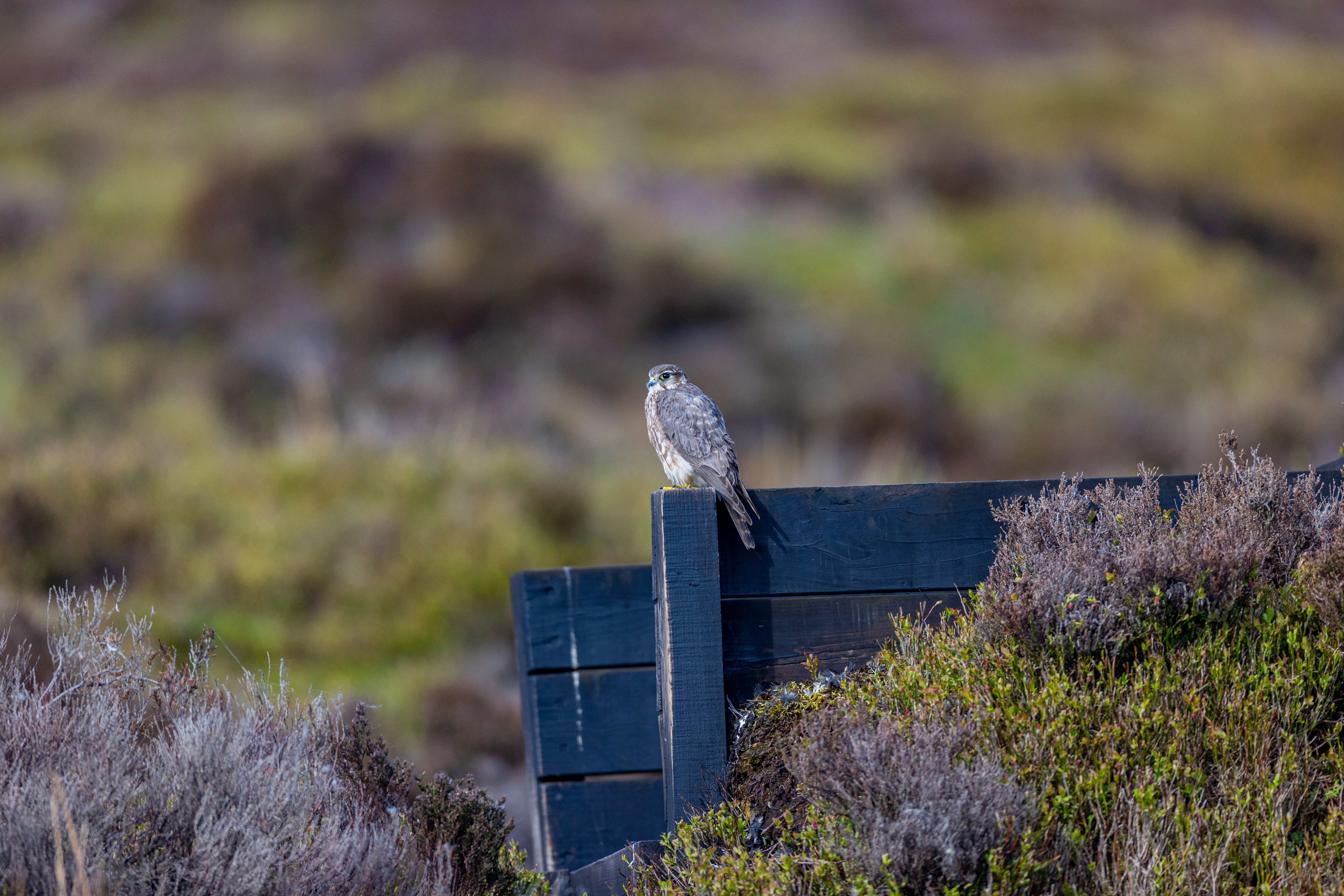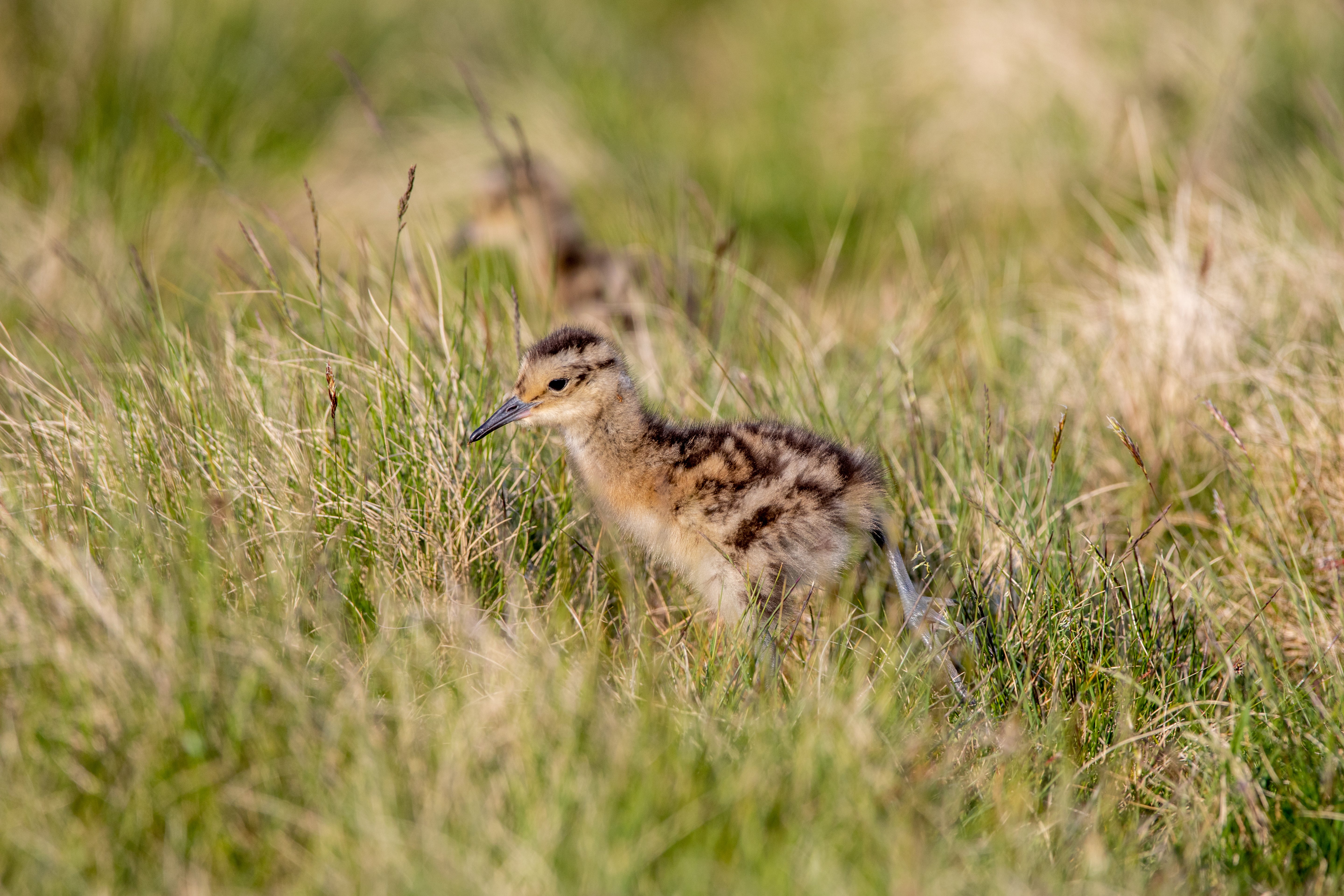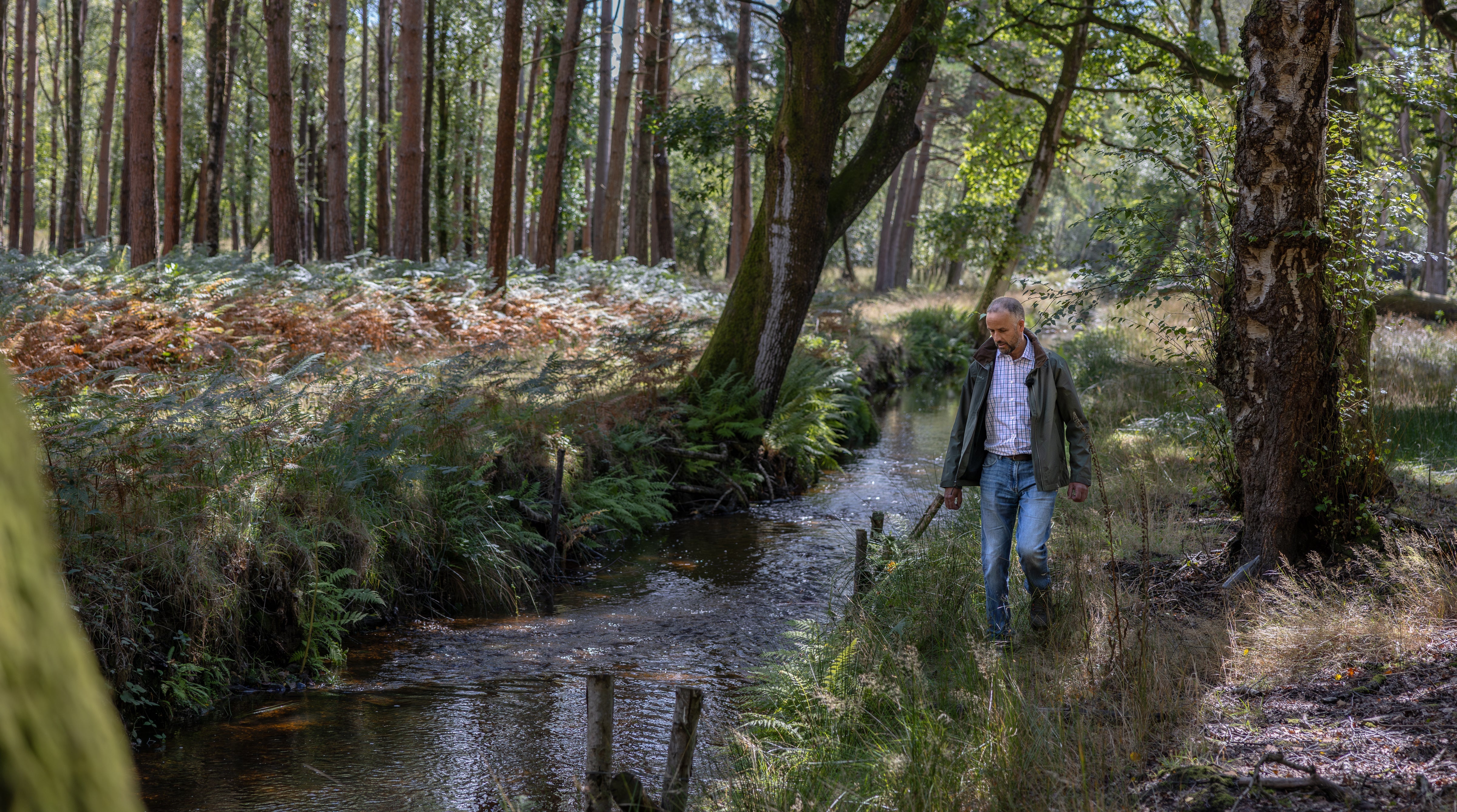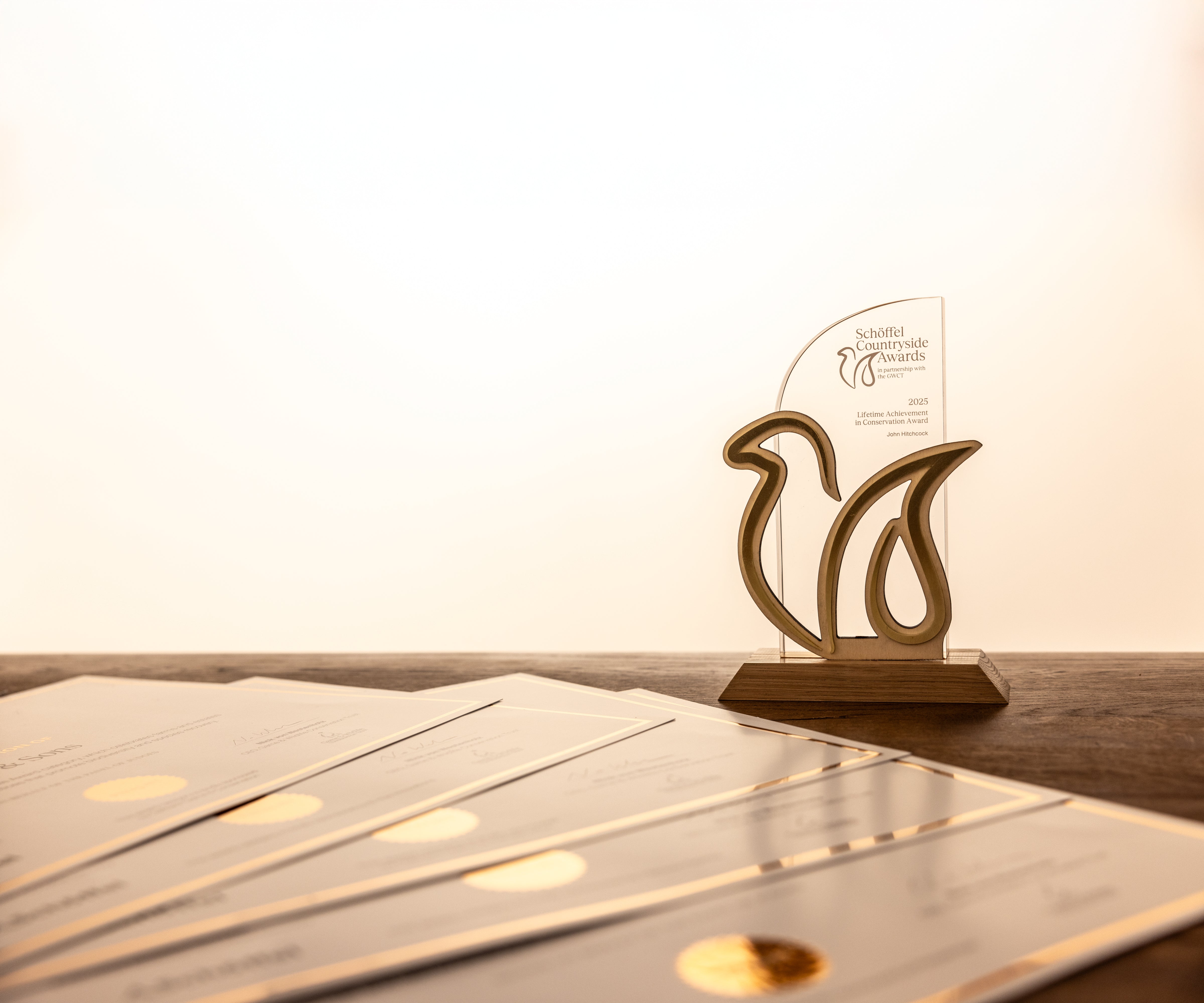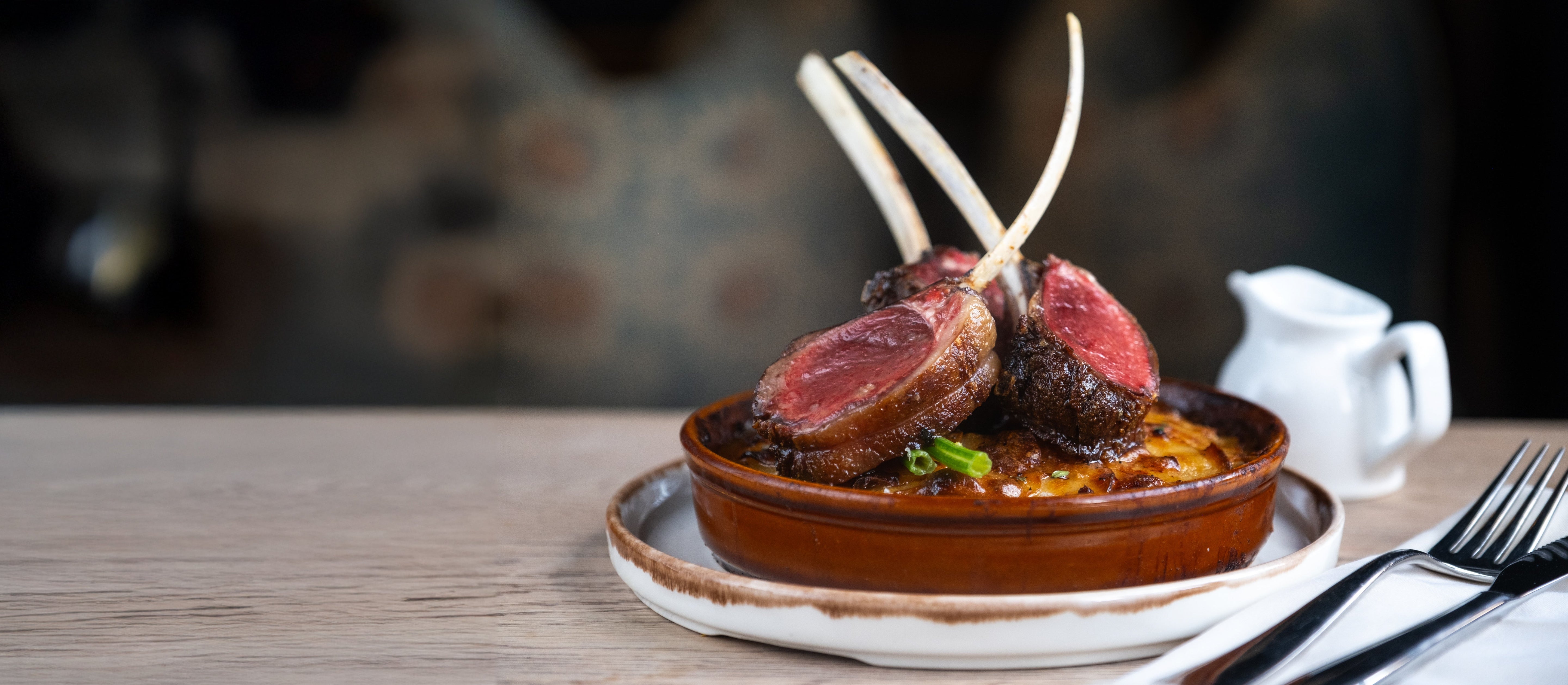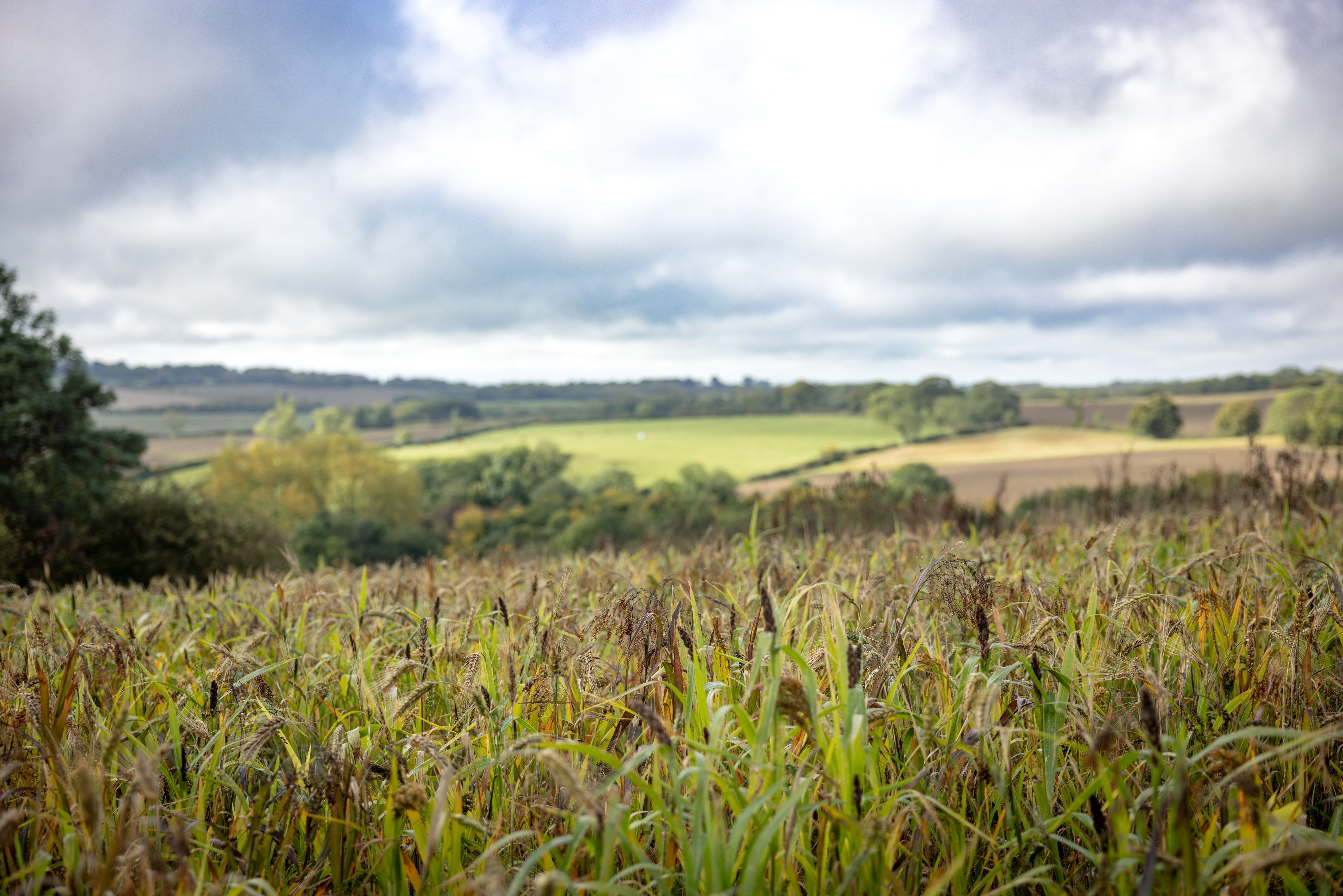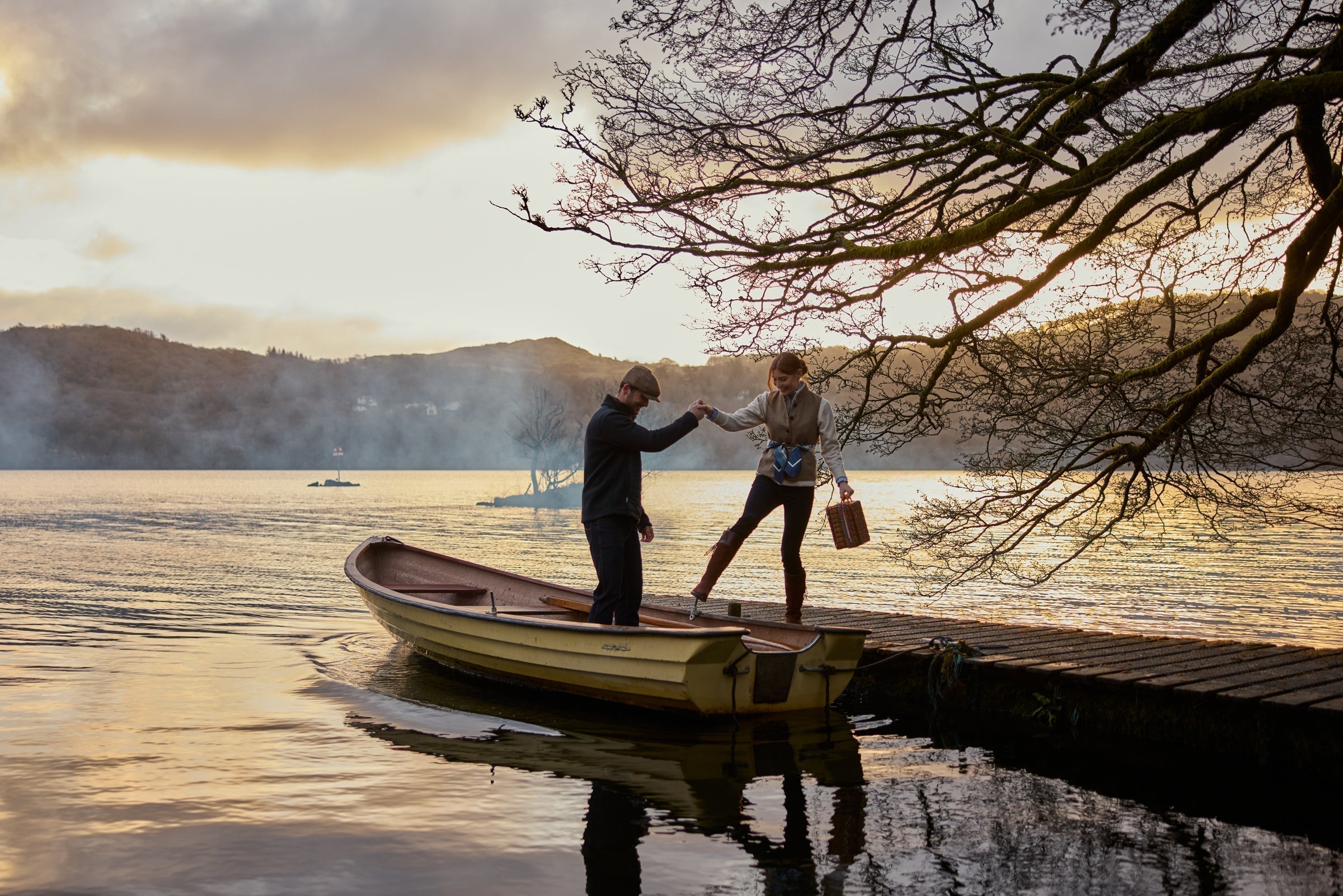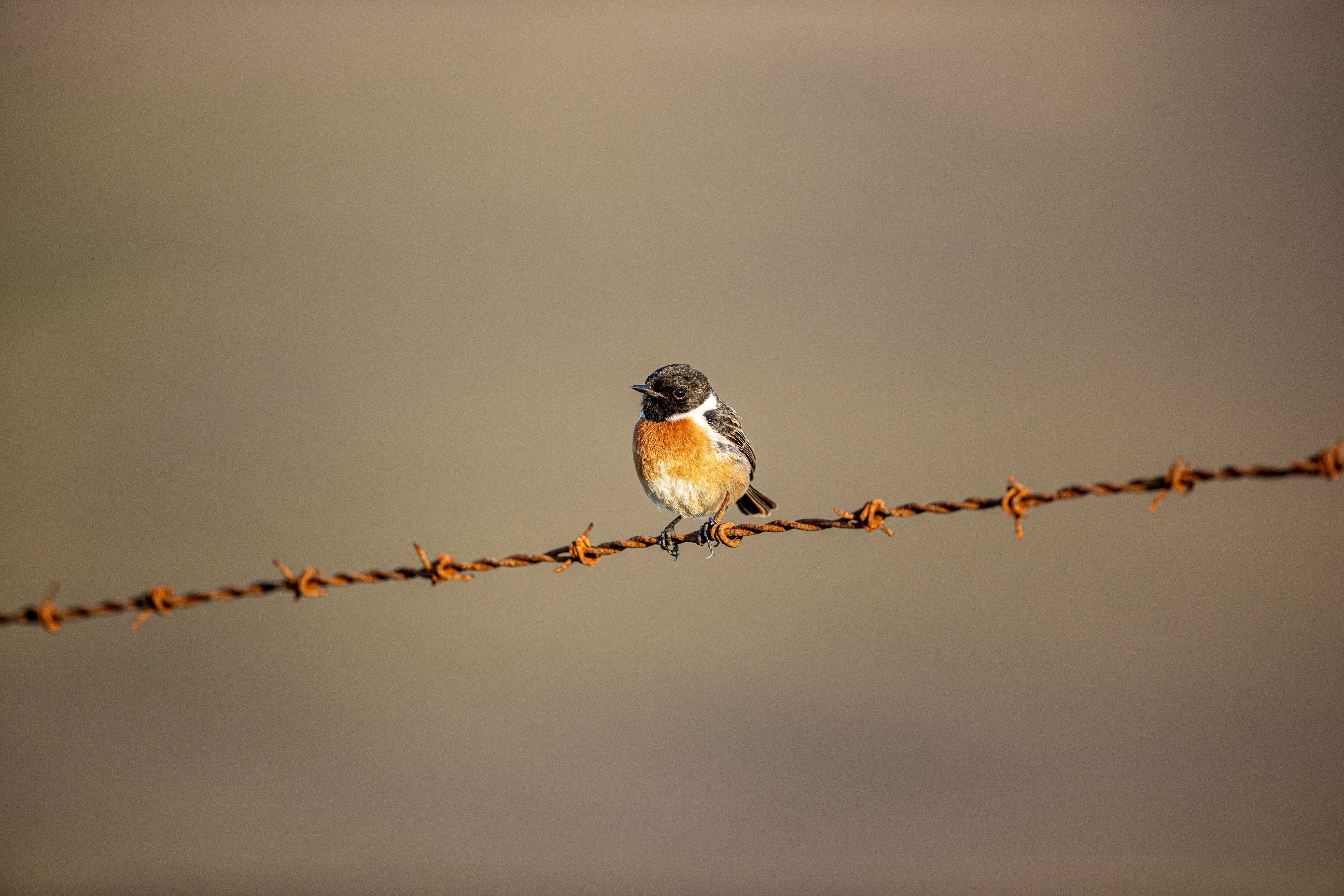
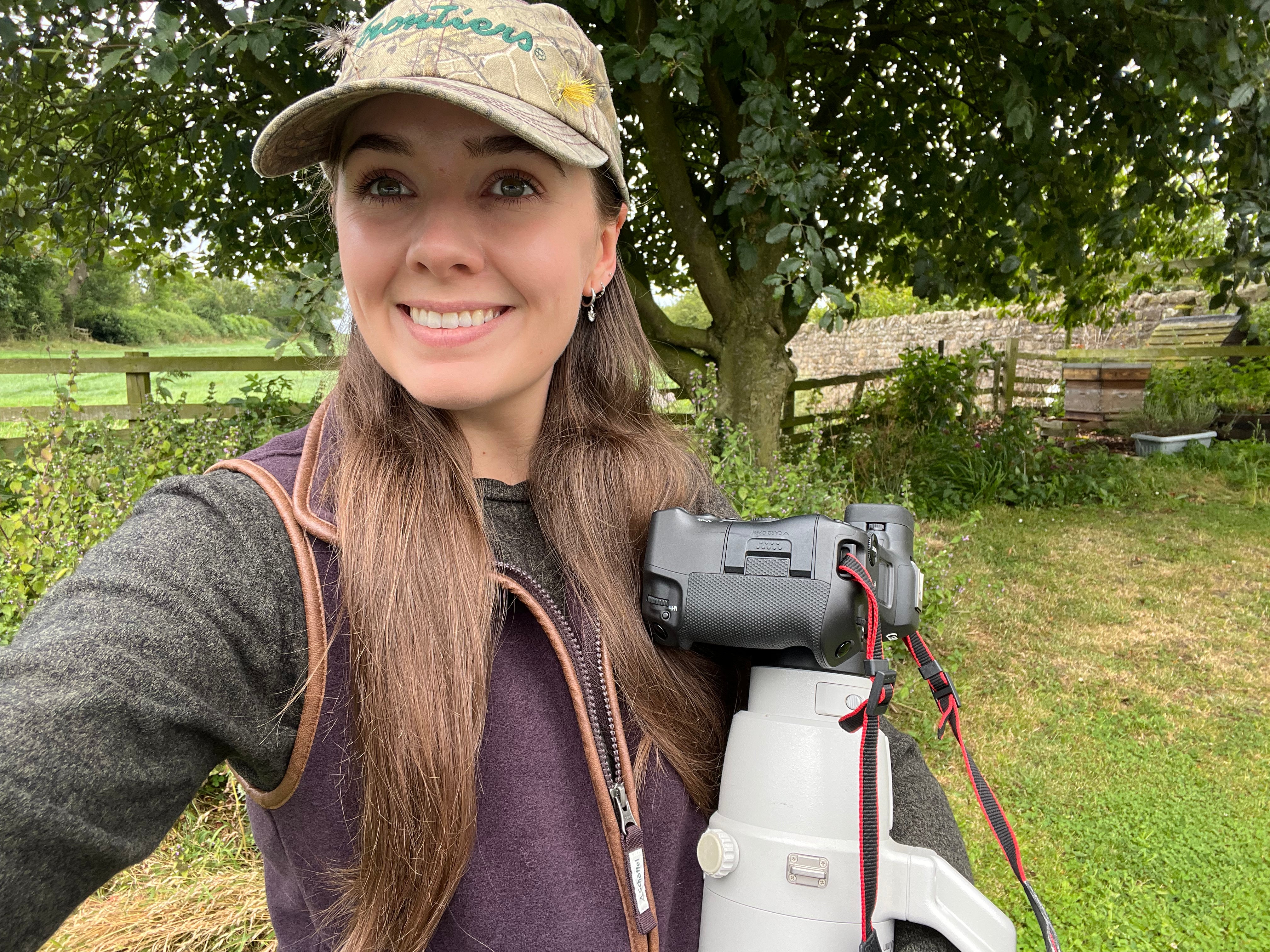
How listening to others can help shooting – with Emily Graham
A finalist in the Rising Star category of this year’s Schöffel Countryside Awards, Emily Graham reflects on what she has learned from more than 270 hours of listening to people with varied backgrounds and opinions at the Why Moorlands Matter events she has helped bring to life.
You may remember my blog from this time last year telling readers about the Why Moorlands Matter events I am involved with running in April, May and June. You can read about them here, but a succinct summary is that via the founder Tarquin Millington-Drake, we borrow grouse moor lodges from very supportive grouse moor owners and invite selected guests to spend 24 hours together, sharing meals, having open round-table discussions and enjoying the amazing birdlife that abounds at that time of year – often with many species of brand new chicks on the ground.
The objective is to allow people to observe and make their own minds up about whether these moors are the ‘deserts’ that some say they are, or whether they are strongholds for some of Britain’s most threatened and rare species.
Understanding different viewpoints
Another objective is to allow people with varied backgrounds and opinions to chat in a friendly and non-confrontational environment. It’s an opportunity to discuss what they agree on and explain their differing opinions. As one attendee from Natural England described it, “there is something about ‘living together’ with others, albeit for a brief moment, that fosters a desire to understand differing viewpoints, far more than can be achieved in a mere meeting. For some reason, passing somebody the butter, or saying goodnight rather than goodbye puts you in the mood to feel more open to others’ views while giving the confidence to share one’s own.”
The 2025 events were a milestone for Why Moorlands Matter – we came of age and dare I say it, we feel we have started to move the dial forward in a positive direction. We ran seven events in total, two at Lord Ridley’s moor as his incredible black grouse lek came to life in April, four with the Duke of Norfolk in North Yorkshire, and one in the Cotswolds where we have started to dip our toe into ‘Why Lowlands Matter’.
In total, we hosted 73 guests and fed another 25 people (volunteers) across seven events at a cost of about £185 per guest. Funds are donated to the effort by generous supporters.
The main things we’ve learned
After four years of running these events, we have now hosted about 170 guests,ranging from ministers andgovernment advisors to CEOs of wildlife NGOs, land agents, and people deeply involved in the shooting world. There have been 17 events, and I count myself very fortunate to have spent more than 270 hours listening to a very wide cross-section of views and opinions. We are beginning to realise that this is where the value lies. It is our belief that shooting plays a critical role in the well-being of the rest of Britain’s wildlife – but thatrole must be embraced by others, too. So, what did we learn? What are the clear trends over the 270+ hours of listening?
- Except in the most private of circumstances, many of the key stakeholders in the countryside don’t want to have anything to do with shooting despite privately acknowledging the good it can do. Shooting is an outcast, and it is going to have to earn its seat back at the table where it should be sitting. The community talks to itself far too much and does not look or listen outside to what the ‘middle majority’ think and perceive. For example, we puff out our chest over the £3.3 billion ‘value of shooting’ but the gaming industry in the UK is worth more than double that.
2. Lead was clearly an issue through all our gatherings – but now, with government changes, we have a real chance to demonstrate a willingness to change with dignity. The numbers of released gamebirds we shoot has increased over time, and we rely heavily on Europe as a market to move shot birds into the food chain. The days of encouraging a few more pubs to serve pheasant are long gone. With Europe potentially fading as a market, organisations like Eat Wild are trying their best to help market and sell what is shot on an industrial scale – by the tonne, not by the bird – and it is doing so successfully but for one major obstacle which was lead.
Now we have some clarity, less ambiguity, the vast majority of guests at Why Moorlands Matter events agree that by moving away from lead, we open up further opportunities for marketing and selling game, and there is one less stick to beat shooting with, jobs are now that little less threatened and our wildlife will ultimately benefit.
3. Stocking densities are also a big concern, and this is perhaps the most complex issue of them all. As someone who has benefitted hugely from the shooting industry as a part of a house team for four years, my suggestion is not to close your shoot and have everyone lose their job. However, there must be solutions and compromises that get away from ‘per bird’ days but still provide a wonderful experience for teams of Guns that allow everyone to keep their job.
The answer may lie not in cutting back but putting more into the ground on which shooting takes place, thus providing greater habitat and food sources for wildlife. If I were running a shoot, I would focus my marketing on how many local people I employ and involve, what happens to the shot game and what I give back to the countryside in the form of winter feeding, hedgelaying, etc., because these are the critical matters for the future.
4. Raptor persecution – over the four years, this subject has come up a great deal and I believe it is our greatest weakness. Some of our BTO guests (British Trust for Ornithology) describe it like a game of snakes and ladders: we make some progress with the outside world with all the good we do, but then someone does something indefensible and we slide down the ladder again. It is as simple as that, and while people are caught killing raptors, shooting has little chance of progress or being recognised for all the good it does.
Real opportunities for shooting
It is clear that government funds are empty when it comes to wildlife and conservation – and perhaps farming, too – and it is also clear that this government does not particularly prioritise our British wildlife. But therein lies our biggest opportunity; there is an even larger picture here which we all need to wake up to, because it is perhaps our greatest strength and opportunity. Unless we do some very stupid things, some of which I have listed above, why would a government which has no money to deliver for wildlife and conservation, ban something which is producing wildlife at no cost to the taxpayer?
Game shoots can deliver for wildlife and biodiversity – many do already. As a community, we need to focus on this delivery for wildlife and demonstrate that we can do that within the law.
Perhaps, given that wildlife in the UK is becoming so threatened and potentially scarce, there may be real opportunities for a credit system income, based upon ‘biodiversity net gain’, for the production of wildlife down the line?
Furthermore, I wonder if our relationship with the big food companies will be built around their desire to be associated with farms and shoots which deliver wildlife, sustainability and economic benefits to local communities? With farming under greater financial pressure, I wonder if shoots are becoming the last barrier between total wildlife destruction in the UK or not? If we can deliver wildlife and habitat and measure and record our progress, surely that is our first and strongest line of defence?
My point in all this is that, through Why Moorlands Matter, we set out to show and demonstrate to others what we are achieving, and that is no bad thing. What we did not count on was how much we would learn from these events too. For example, such clarity on how we are perceived outside our community and what we need to do to change that if we are willing. If we are willing to listen and adapt, it would seem that what we have learned is more valuable than what we have taught others.
The good news is there are positive signs such as more and more shoots beginning to focus on exactly what I have described, creating habitat and wildlife and recording their progress. Guns are asking shoots what their conservation credentials are before taking days, podcasts and blogs now speak about how well the wildlife is doing during this season or that, and not just about guns, cartridges, and sloe gin.
Knowledge of our wildlife is becoming cool again, not geeky, and an understanding of how a shoot works and how it looks after itself beyond the game is being judged because people are beginning to know and understand. The launch of the conservation and wildlife-orientated Schöffel Countryside Awards are further evidence that change is beginning to happen, and rightly so.
As the founder of Why Moorlands Matter said in his speech (quoting Elton John’s Circle of Life) at the launch of his book Living with Greys last year, we should never take more than we give. Finally, perhaps the days of excess are coming to an end and change is afoot which will help ensure the future of our British wildlife.
For further information about Why Moorlands Matter events, visit www.conservationcommunication.com
